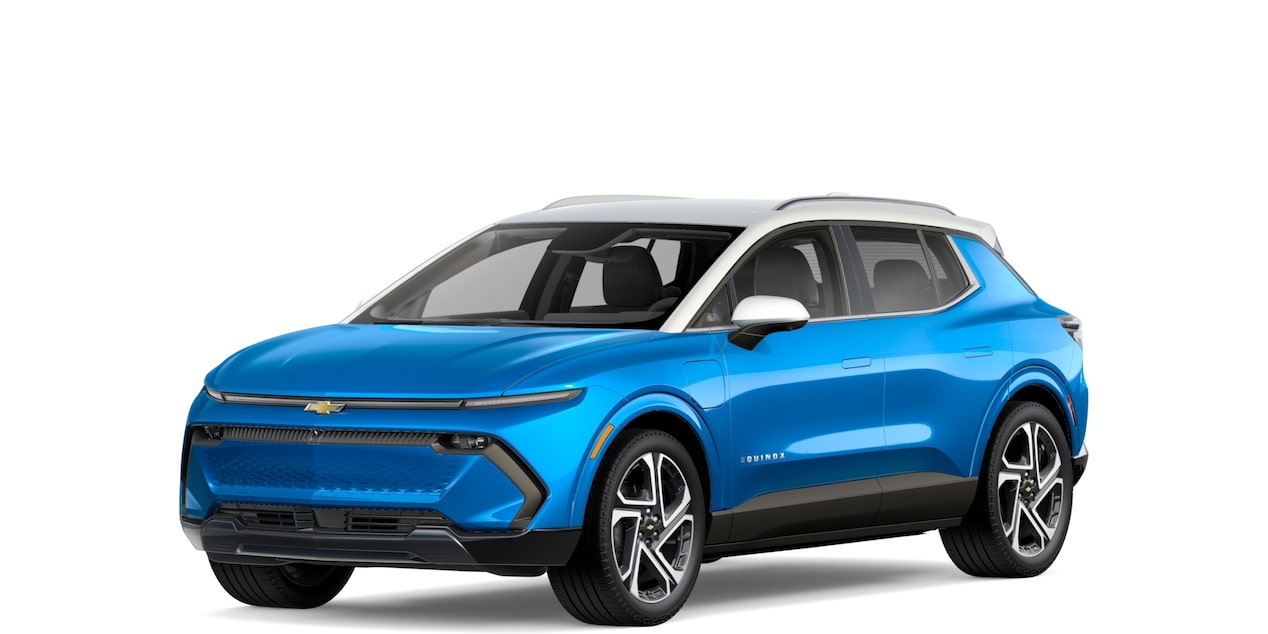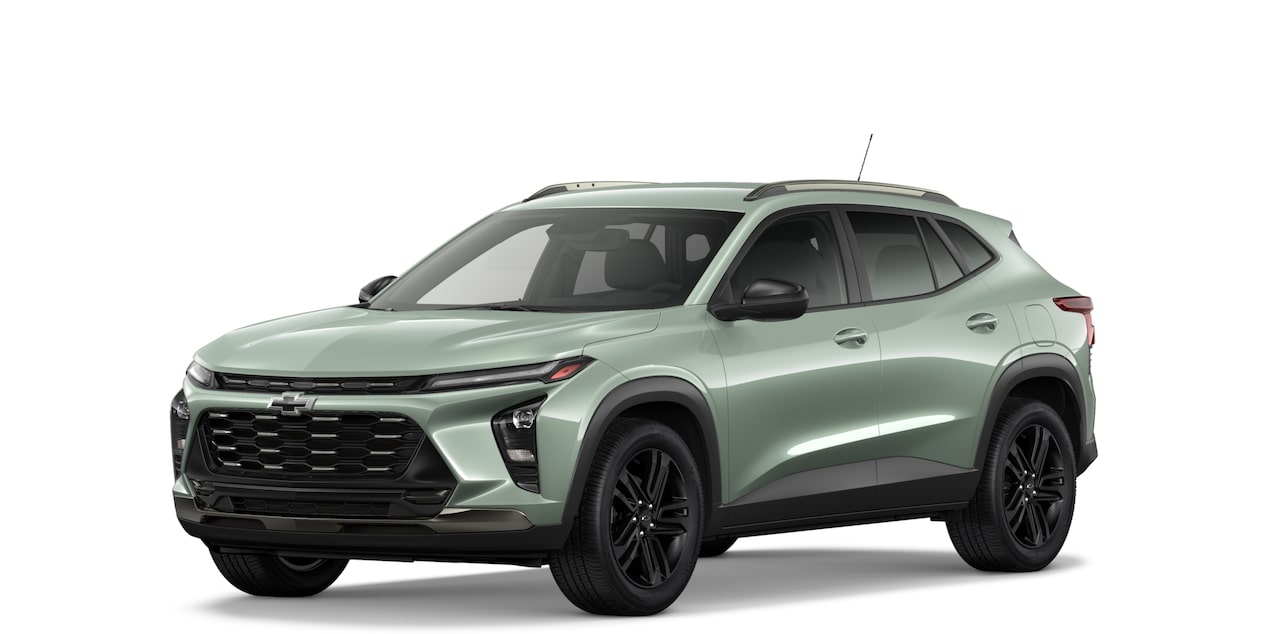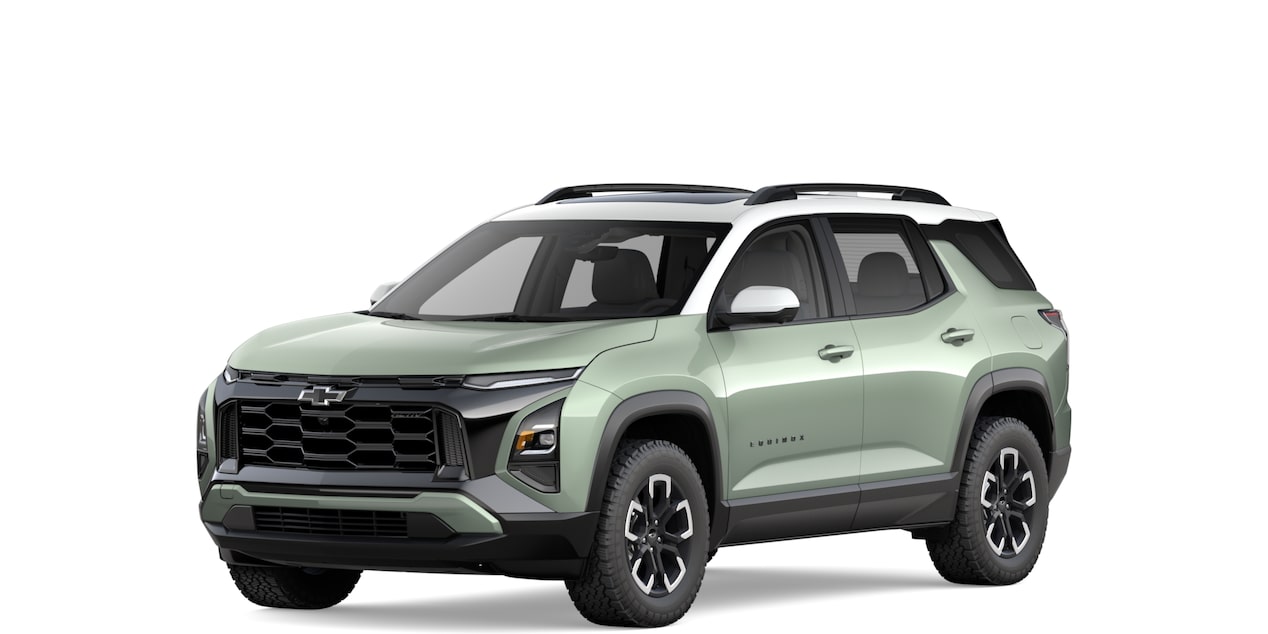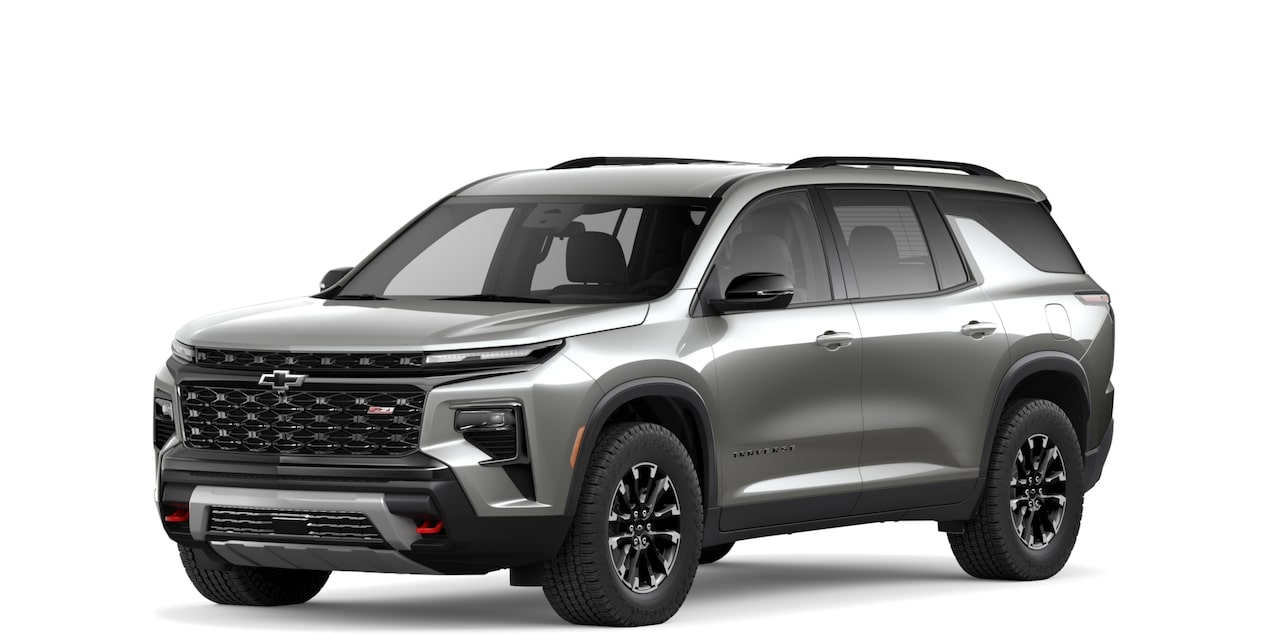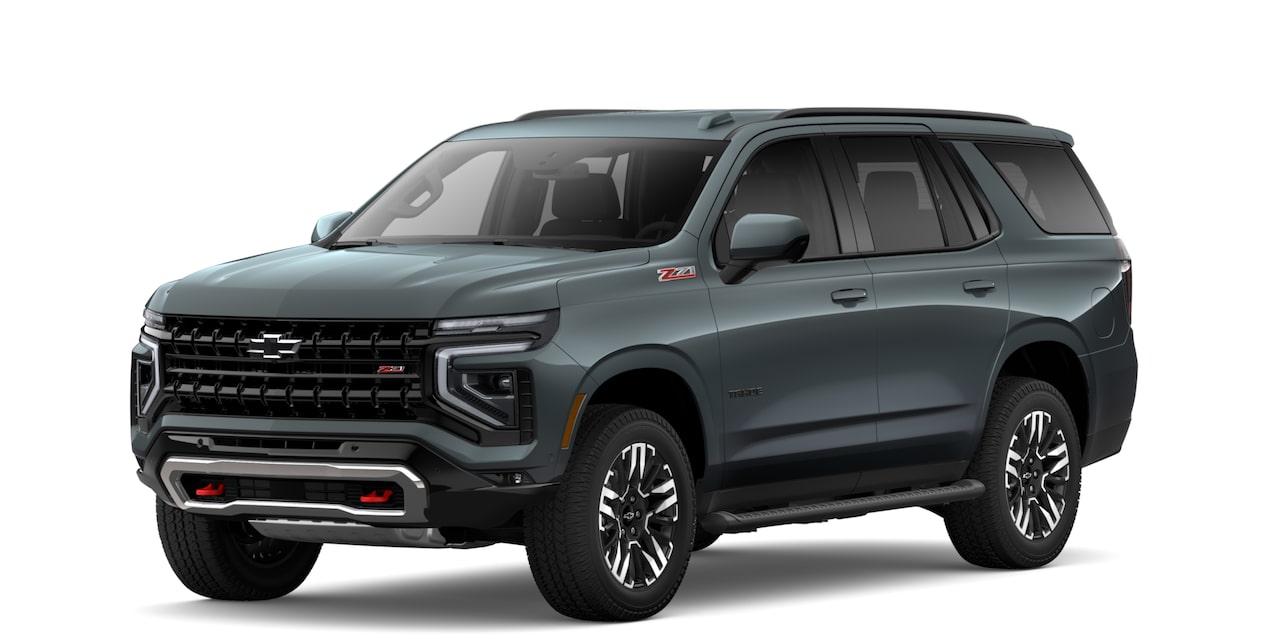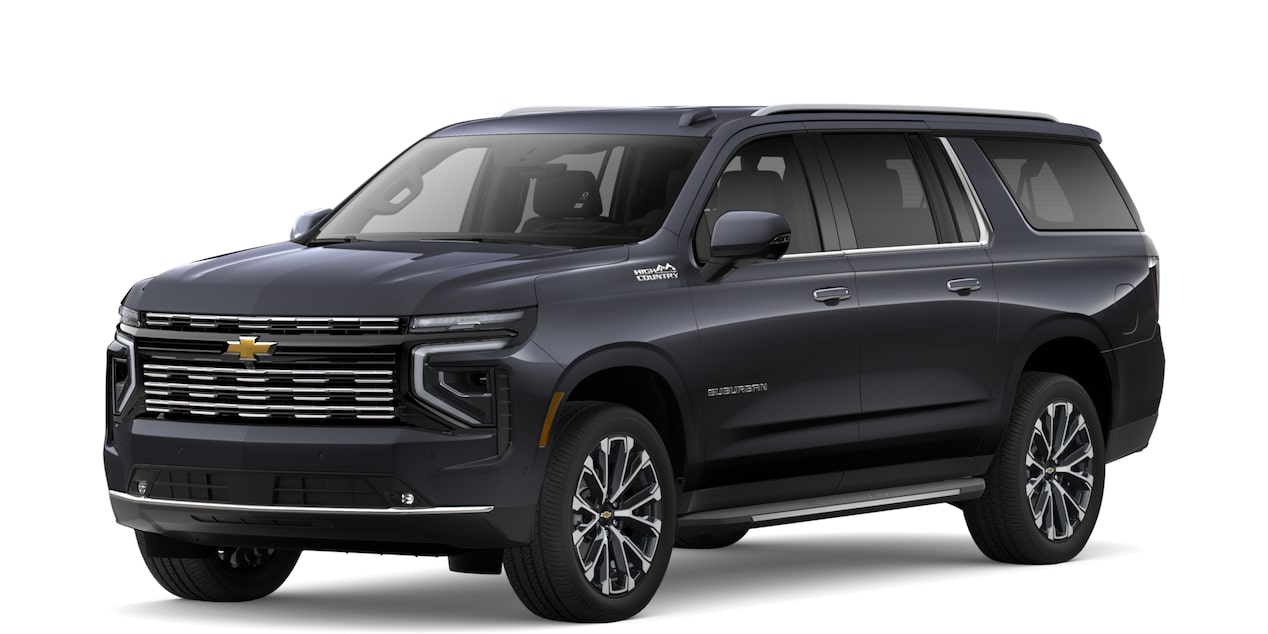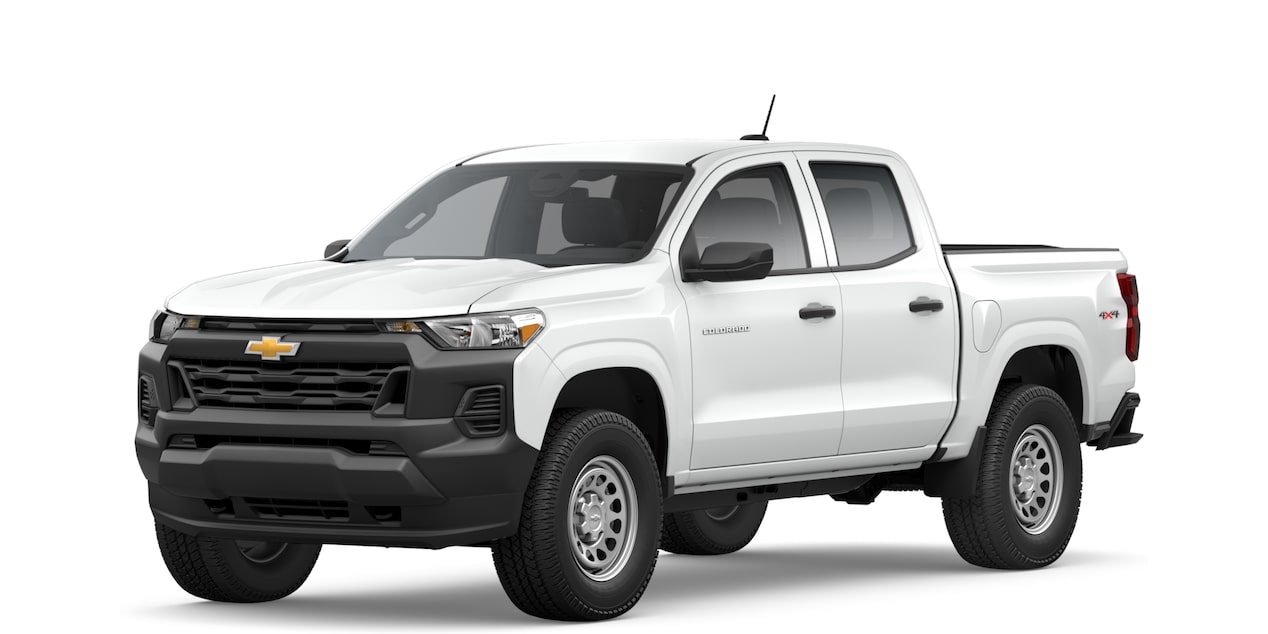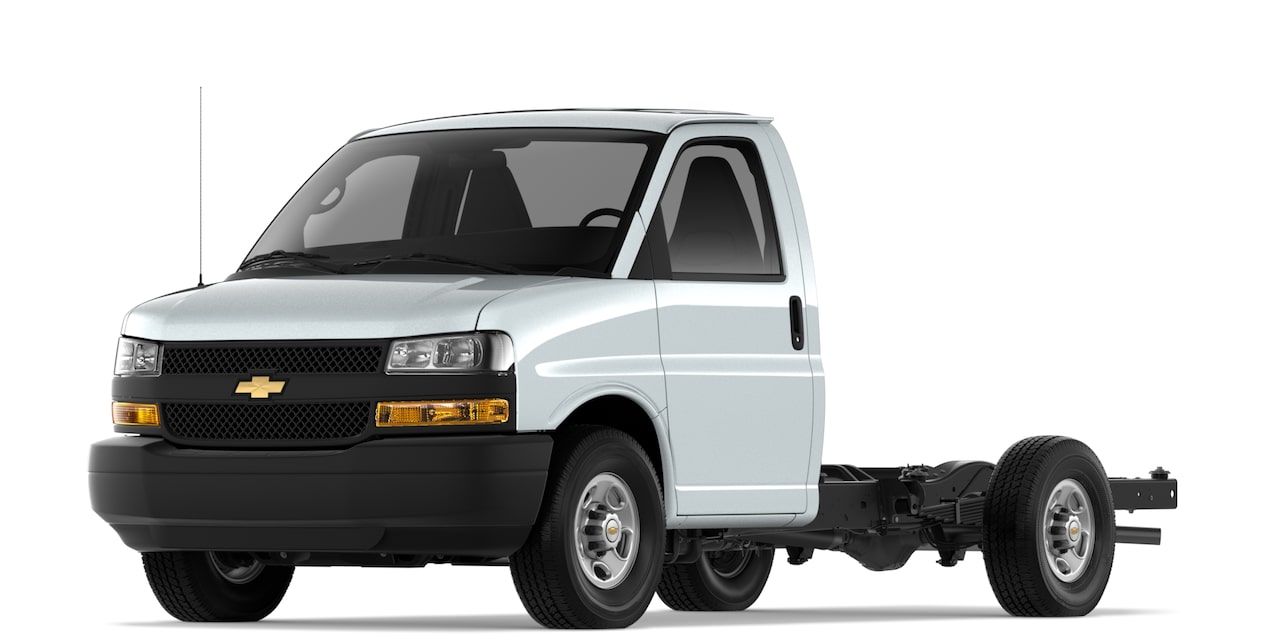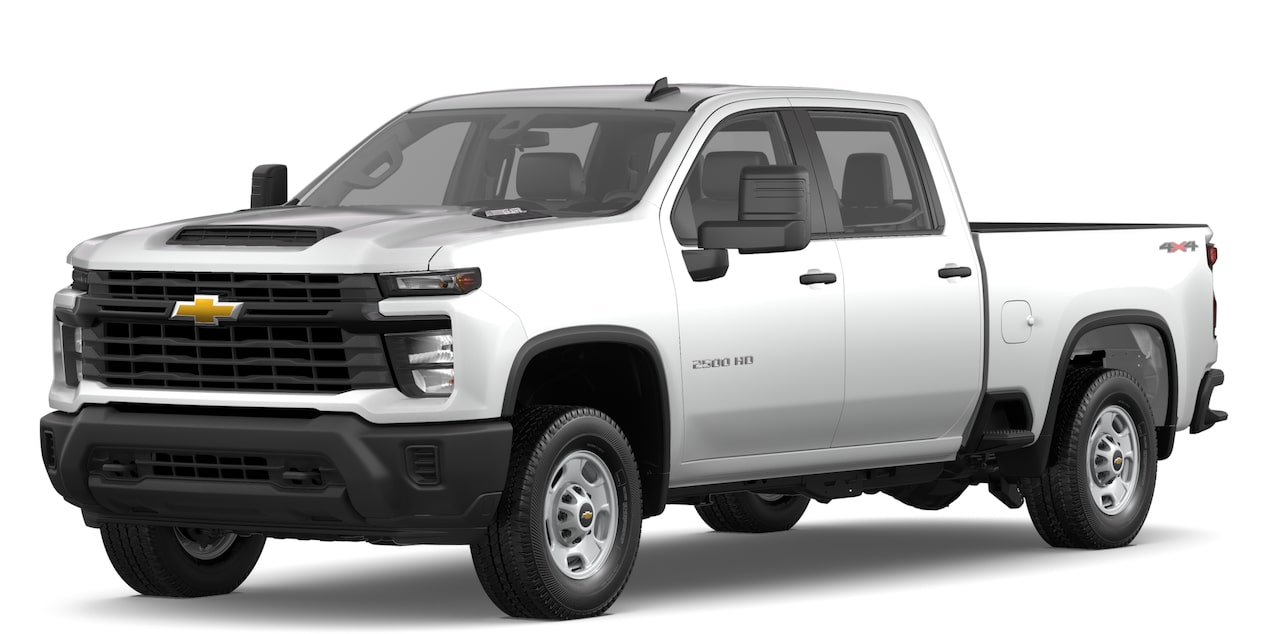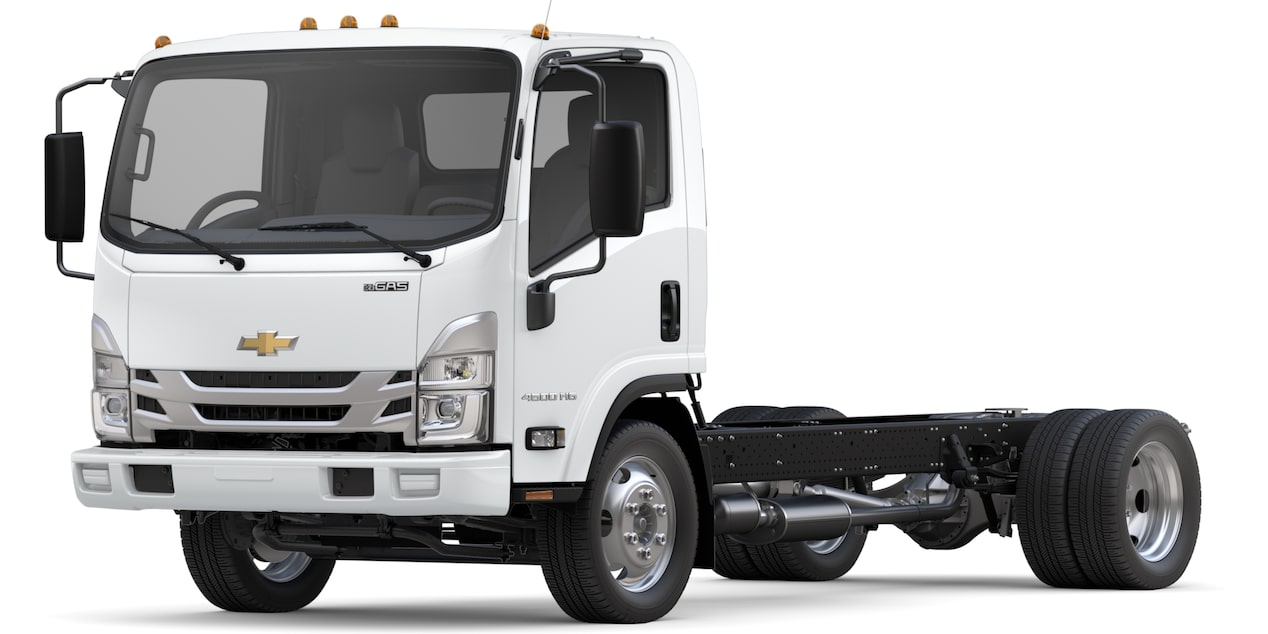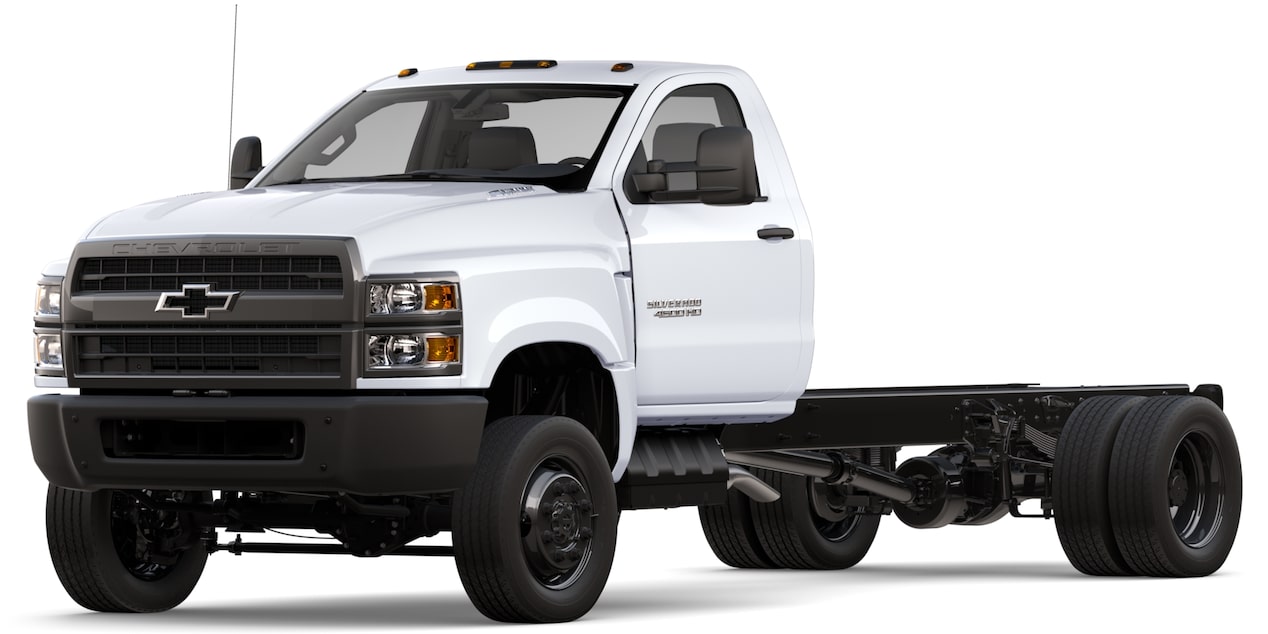About Adaptive Cruise Control
If your vehicle has this available feature, Adaptive Cruise
What you need to know about Adaptive Cruise Control
Adaptive Cruise Control uses a forward-looking camera or a forward-looking camera and radar technology (depending on your vehicle) to monitor vehicles you’re following. This feature helps you follow a vehicle ahead at the following gap you select (Far, Medium, or Near) while you steer. This helps reduce the need for you to frequently brake and accelerate.
If the system doesn’t detect a vehicle ahead, Adaptive Cruise Control works just like cruise control and maintains your selected cruise speed. When the system detects a vehicle ahead of you in your lane, it will automatically slow down or speed up your vehicle to maintain your selected following gap.
Just like cruise control, Adaptive Cruise Control uses the cruise control ON/OFF, CANCEL, SET and RESUME buttons on the steering wheel.
For more on how to use Adaptive Cruise Control, see the How-To article. This article will tell you about the different applications of the feature and some things to know before using it.
Adaptive Cruise Control override
If you press the accelerator pedal while the system is in use, automatic braking won’t occur. You’ll get a message in the cluster display, or the green ADAPTIVE CRUISE CONTROL icon will turn blue, indicating that Adaptive Cruise Control automatic braking is temporarily disabled until you release the accelerator pedal.
Adaptive Cruise Control can follow a vehicle to a stop
On most vehicles, Adaptive Cruise Control can follow a vehicle ahead to a stop. When the vehicle ahead starts moving again, you should check that it’s safe to proceed and then either press the accelerator pedal or RESUME button to continue driving. For very brief stops, Adaptive Cruise Control will automatically resume and follow the vehicle ahead.
Adaptive Cruise Control has limited braking capability, so if the vehicle you’re following stops too suddenly, you’ll get an alert to take action by quickly applying the brakes yourself.
If your vehicle has the Driver Attention System (DAS) on the steering column, Adaptive Cruise Control may automatically resume and follow the vehicle ahead for longer stops if the system detects that you're paying attention to the road.
Check your Owner’s Manual to learn more about how Adaptive Cruise Control works on your vehicle at low speeds.
Trailering with Adaptive Cruise Control
If equipped, Adaptive Cruise Control may be used when towing an attached trailer that is electrically connected and within GM-approved allowable size and weight limits.
When you turn on Adaptive Cruise Control while trailering and change the gap settings, an icon will appear in your Driver Information Center (DIC) next to your gap setting display that indicates you have trailering functionality for Adaptive Cruise Control equipped.
When towing a trailer, Adaptive Cruise Control driving characteristics, such as following gap, acceleration rates and braking rates, may be modified to provide a better towing experience.
When towing a trailer with Adaptive Cruise Control, it is important to properly set the Trailer Gain. Check your Owner’s Manual for more information on setting Trailer Gain.
It is recommended you select Tow/Haul mode when driving down steep hills or mountain grades, or when hauling heavy loads.
If you turn on Adaptive Cruise Control and do not see the trailering icon in the DIC when you try to change your gap settings, your vehicle is not properly equipped to use Adaptive Cruise Control while trailering. You should not use Adaptive Cruise Control while trailering if this is the case.
Adaptive Cruise Control should not be used while towing a trailer with an aftermarket trailer brake controller. Aftermarket trailer brake controllers may not function properly with the Adaptive Cruise Control system.
You should read your Owner’s Manual to learn more about the limitations of the system.
Safety consideration when using Adaptive Cruise Control
- The system can only brake so much. Your complete attention is always required while driving.
- Adaptive Cruise Control does not steer your vehicle. You must always be in control of vehicle steering.
- The system may not react to parked, stopped or slow-moving vehicles. You should always be ready to take action and apply the brakes.
- Don’t use the system on winding or hilly roads, on freeway exit or entrance ramps, or when trailering (if your vehicle isn’t equipped with Adaptive Cruise Control with trailering). In these driving conditions, the system may not detect the vehicle ahead.
- The system can’t detect traffic lights or traffic signs, so you still need to brake when necessary at intersections and lights.
- Avoid using Adaptive Cruise Control when the rear of the vehicle or truck bed is heavily loaded. See your Vehicle Load Limits and Owner’s Manual for more information.
Safety or driver assistance features are no substitute for the driver’s responsibility to operate the vehicle in a safe manner. The driver should remain attentive to traffic, surroundings and road conditions at all times. Visibility, weather and road conditions may affect feature performance. Read the vehicle’s Owner’s Manual for more important feature limitations and information.
For your security, please don’t include personal info such as phone number, address or credit card details.
Related links and resources
Q&As
Looking for something else?
Need more help?
Communicate with one of our specialists.
To find out if your vehicle has this feature, contact your dealer or refer to your vehicle’s equipment list. Please check your Owner’s Manual for more information about features.

